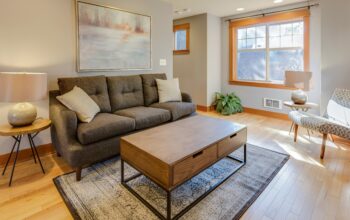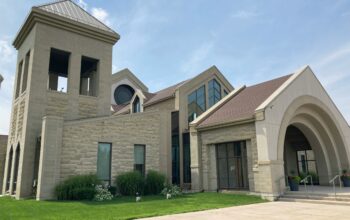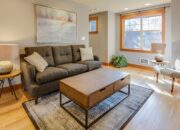
As modern architecture evolves, the need for inclusive and accessible design grows. Universal design creates functional, accessible, and enjoyable spaces for all ages and physical abilities. With an aging population and increasing demand for disability-friendly spaces, universal design is more relevant than ever. This article explores its importance and how it can shape future homes in the United States.
What is Universal Design in Architecture?
Universal design is an architectural approach aimed at creating spaces that are accessible to people of all ages and physical abilities. Introduced by architect Ronald Mace in the 1980s, it emphasizes inclusivity, ensuring comfort and safety for all occupants, from children to seniors, regardless of physical limitations.
The Core Principles of Universal Design in Architecture
Universal design in architecture is based on seven key principles, including:
- Flexibility in Use: Spaces that cater to individual needs, like adjustable counters and ergonomic seating.
- Simple and Intuitive Use: Easy-to-navigate layouts, such as reachable light switches and clear signage.
- Perceptible Information: Design elements that are easily recognizable, aiding those with visual or hearing impairments.
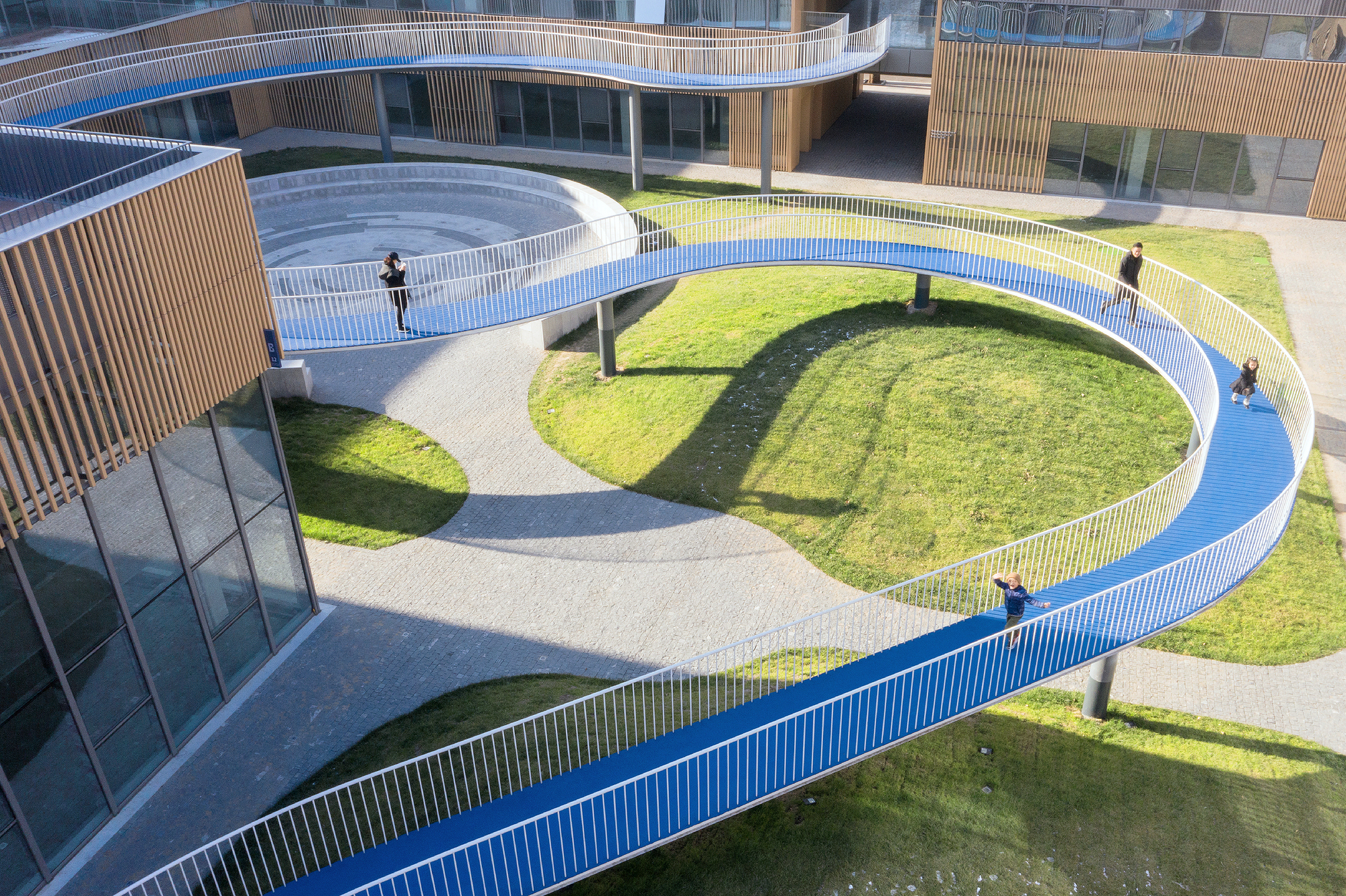
- Tolerance for Error: Designs that minimize the risk of accidents, like slip-resistant floors or durable materials that resist scratches.
- Size and Space for Approach and Use: Spacious areas that allow free movement, especially for wheelchair users, ensuring accessibility to all parts of the home.
- Aesthetic Design: Creating visually appealing spaces that are also functional for people of all abilities.
- Access for All: Features like wider doors and ramps instead of stairs to ensure easy access for everyone, regardless of mobility.
Why is Universal Design Important?
Universal design has become increasingly important in modern architecture, especially in the United States, for several key reasons:
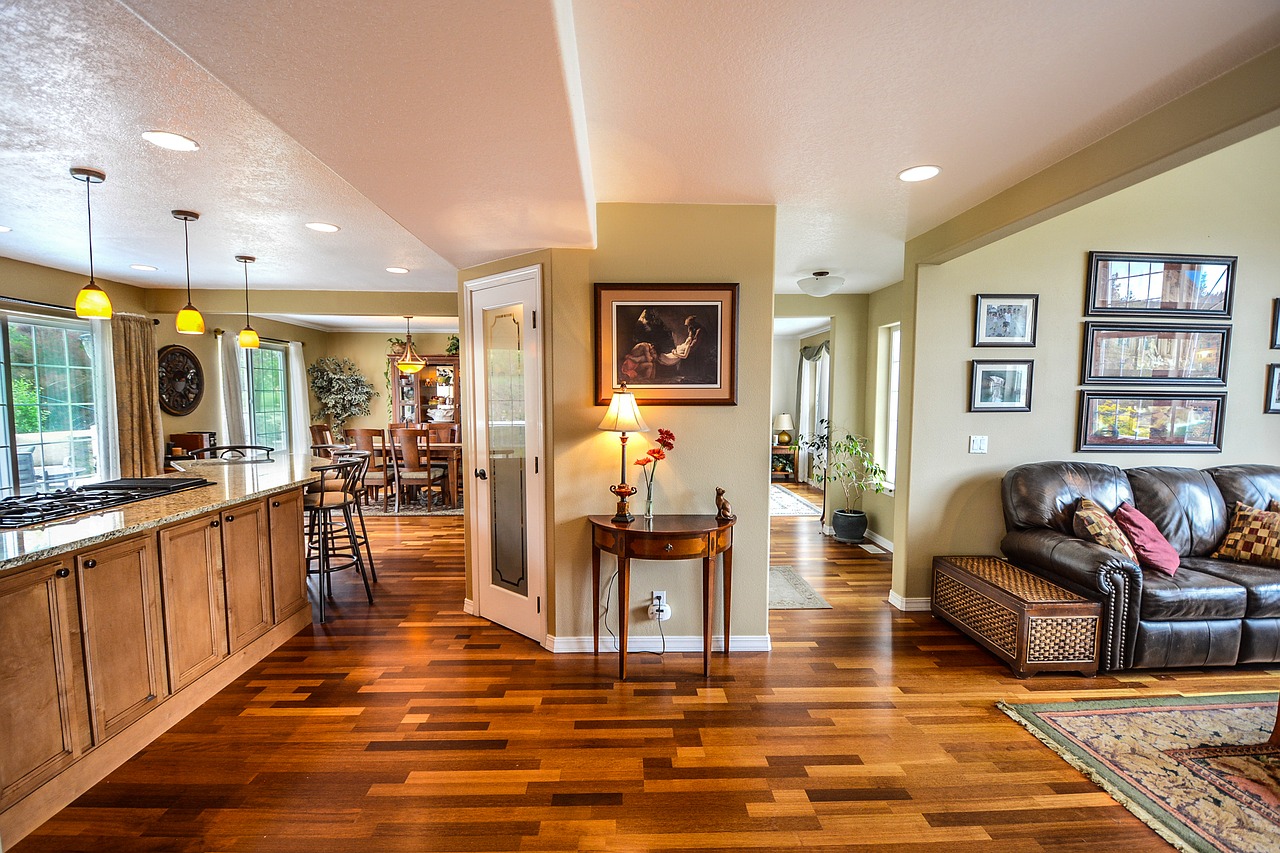
- Aging Population: With the growing number of seniors, homes designed with universal design principles provide solutions to help them live independently and comfortably for longer.
- Physical Limitations: Many individuals experience decreased physical abilities over time, due to aging or accidents. Universal design ensures that homes remain comfortable and safe for those with physical challenges.
- Inclusive Homes for All: Homes designed with inclusivity in mind make it easier for everyone, from children to adults, to live comfortably without barriers.
Implementing Universal Design in Homes
There are many elements that can be incorporated into home design to ensure accessibility for all residents. Below are some examples of universal design features that can be integrated into homes:
- Open and Barrier-Free Spaces: Design that prioritizes open areas without obstacles, such as narrow doorways or furniture, allowing free movement, including for wheelchair users.
- Wider Doors and No Stairs: Wider doors (at least 36 inches) and ramps instead of stairs ensure easy access for wheelchairs or strollers.
- Smooth, Slip-Resistant Flooring: Non-slip flooring materials, like vinyl or hardwood, reduce fall risks, especially for seniors or those using mobility aids.

- Adjustable Kitchen and Bathroom Layouts: Adjustable-height sinks and countertops ensure comfort and accessibility for individuals with limited mobility or those using wheelchairs.
- Optimal Lighting: Properly placed, bright, and evenly distributed lighting enhances visibility, helping those with vision impairments and improving overall comfort.
- Smart Technology for Accessibility: Integrating smart home features like voice-controlled lighting, temperature, and security systems makes it easier for everyone, including people with physical limitations, to control their environment.
Benefits of Universal Design for All Generations
While universal design is often associated with the needs of people with disabilities or seniors, its application benefits all generations:
- Maximum Comfort: All residents, from children to elderly adults, benefit from the comfort of a home designed with various needs in mind.
- Increased Longevity of the Home: A home designed with universal design principles is more flexible and durable, accommodating the changing needs of its occupants over time.
- Extended Time at Home: With universal design features, seniors can remain in their homes longer without needing to move to more suitable housing as their mobility decreases.
Challenges in Implementing Universal Design
Implementing universal design in architecture offers many benefits, but also presents some challenges:
- Initial Costs: Higher upfront investment in materials and planning compared to conventional designs.
- Reluctance to Change: Some homeowners may not see the need for universal design or believe it’s only for people with disabilities or seniors.
- Limited Understanding Among Designers: Not all architects are familiar with universal design principles, which may impact the quality and success of its implementation.

Universal design is essential for creating inclusive and accessible homes for all. As awareness of diversity grows, it will become a core principle in future architecture. Homes built with universal design benefit everyone, providing comfort, safety, and functionality for all generations. Embracing this approach ensures homes that are more functional, inclusive, and welcoming for both current and future families.
FAQs:
- Is universal design only for seniors or people with disabilities?
- No. Universal design benefits everyone, including children and adults with temporary limitations like pregnancy or injury.
- How do I start implementing universal design in my home?
- Begin with basics like wider doors, slip-resistant flooring, and open spaces. For a comprehensive design, consult an architect specializing in universal design.
- Can implementing universal design increase my home’s value?
- Yes, homes with universal design are more appealing to buyers looking for accommodations for all generations and future needs.



